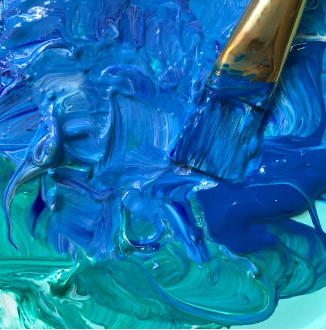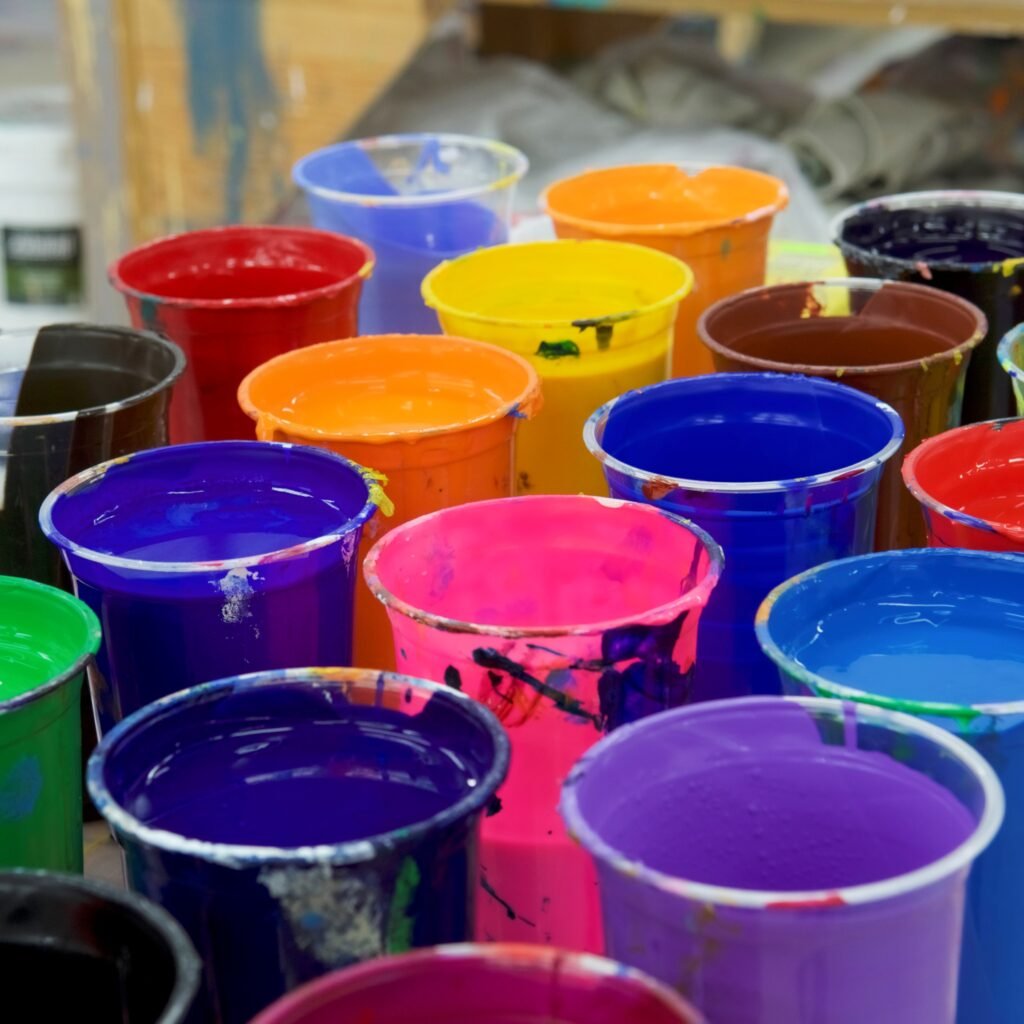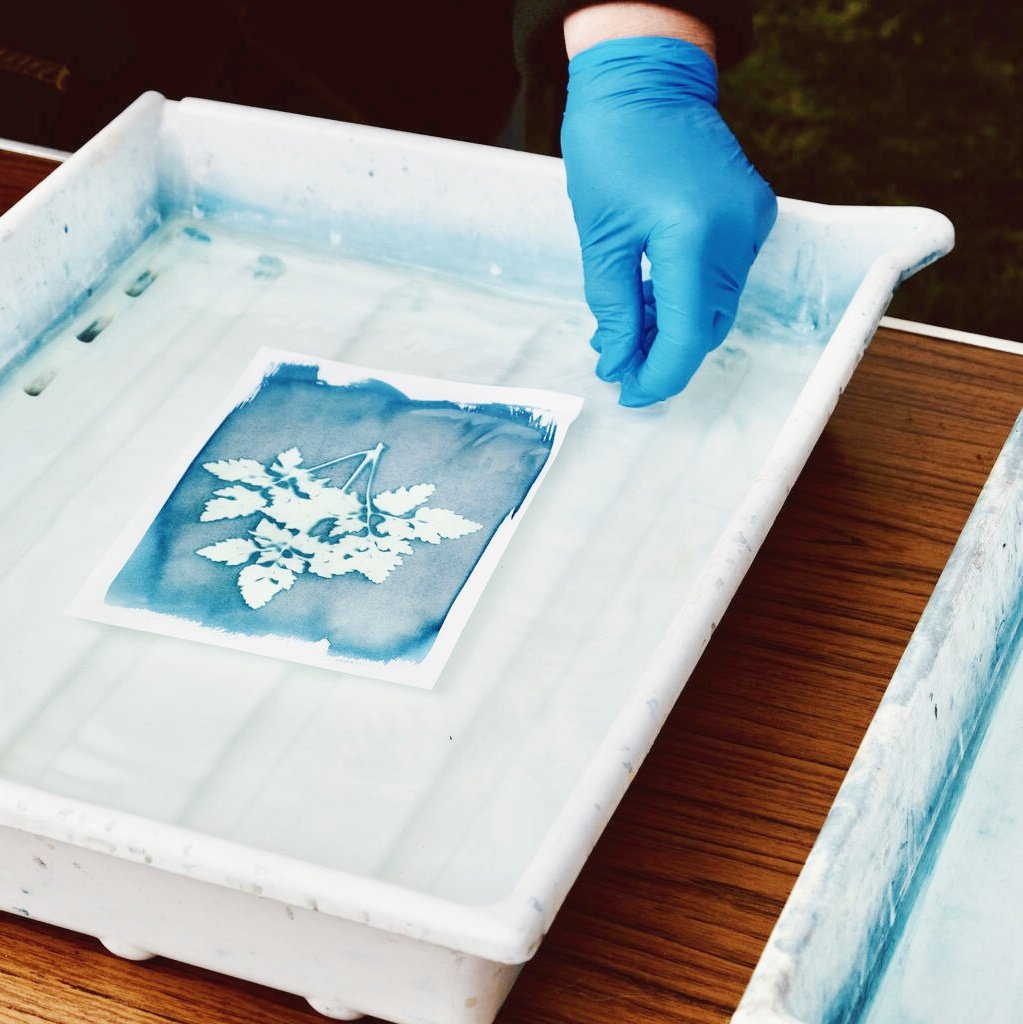Sisällysluettelo
Suuritiheyksinen plastisolimuste tekstiilitulostukseen: Helppokäyttöinen opas
Meta kuvaus: Opi miten tiheä plastisolimuste Tiheät musteet auttavat luomaan kirkkaita ja kestäviä kuvioita vaatteisiin. Tutustu vinkkeihin, käyttötapoihin ja ratkaisuihin yleisiin ongelmiin.
1. Mitä on tiheä plastisolimuste?
Korkeatiheyksinen plastisolimuste on paksu, PVC-pohjainen muste käytetään kuvioiden painamiseen kankaalle.
Keskeiset edut
- Kestävyys: Pysyy kirkkaana pesun jälkeen.
- Venytyskestävyys: Toimii joustavilla kankailla.
- Läpinäkymättömyys: Näkyy tummissa vaatteissa.
Yleisiä käyttötarkoituksia:
- Urheiluvaatteet (joukkuepaidat).
- Mainostuotteet (hupparit, laukut).
2. Korkean tiheyden omaava plastisol vs. muut musteet
| Musteen tyyppi | Paras | Haittoja |
|---|---|---|
| Plastisoli | Rohkeita malleja, tummia kankaita | Ei ympäristöystävällinen |
| Vesipohjainen | Pehmeä tuntuma | Vaatii kankaan esikäsittelyn |
| Purkaus | Puuvillakankaat | Häivyttää ajan myötä |
| Sublimaatio | Kevyet kankaat | Tiheitä musteita käytettäessä sileän pinnan saavuttamiseksi ei suositella tekstuuria. |
Valitse plastisol seuraaviin tarkoituksiin:
- 3D tehosteita (Kohokuvioita) voidaan saada aikaan käyttämällä pullistuslisäaineita tiheissä musteformulaatioissa.
- Tummat kankaat ilman esikäsittelyä.

3. Kuinka käyttää tiheää plastisolimustetta
3.1 Näytön asetukset
- Seulaverkkojen määrä: Käyttää 110-160 mesh.
- Sapluuna: Valita kapillaarikalvo teräviä reunoja varten.
3.2 Musteen levitys
- Painaa: Lisää mustetta kankaaseen.
- Salama: Kuivaa pikakuivaimella 10 sekuntia.
- Tulosta uudelleen: Lisää mustetta kohotettu rakenne.
3.3 Kovettuminen
- Lämpötila: Varmista, että se on tasainen parhaan tuloksen saavuttamiseksi korkean viskositeetin omaavilla musteilla. 160 °C:ssa 60–90 sekunnin ajan.
- Testata: Venytä kangasta. Jos se halkeilee, anna kuivua pidempään.
4. Plastisoli-musteen 5 tärkeintä käyttötarkoitusta
- Urheiluasut: Kestävät logot (Nike, Adidas).
- Muoti: Pimeässä hohtavat mallit.
- Työvaatteet: Etiketit, jotka eivät naarmuunnu.
- Kampanjatuotteet: Kirkkaita tulosteita laukuissa.
- Ympäristöystävällinen: Ftalaatitonta plastisolia (Vihreä galaksi).

5. Yleisten ongelmien korjaaminen
| Ongelma | Ratkaisu |
|---|---|
| Silkkipainossa käytettäessä tiheitä musteita voi syntyä reikiä. | Käytä paksumpaa mustetta tai korjaa rasterijännitystä. |
| Halkeilua tapahtuu usein, kun emulsiota ei koveteta kunnolla silkkipainon aikana. | Koveta kokonaan 160 °C:ssa, jotta emulsio tarttuu kunnolla silkkipainossa. |
| Huono tarttuvuus | Esikäsittele polyesterikankaat. |
6. Parhaat työkalut plastisol-tulostukseen
- Musteet: Wilflex HD, Union Ultrasoft.
- Näytöt: Sefar tai Murakami-verkkoja.
- Kuivausrummut: Anatol-kuljetinkuivaimet.
- Ympäristöystävällinen: BASF Palatinol® pehmittimiä.
7. Tulevaisuuden trendit
- Hybriditulostus: Sekoita plastisol yhteen Kornit Digitaalitulostimet voivat tuottaa tiheitä kuvia, jotka soveltuvat silkkipainoon.
- Biohajoavat musteet: Matsuin ekosarja.
- Älykkäät musteet: Väriä vaihtavat musteet voivat lisätä ulottuvuutta malleihisi, kun niitä käytetään silkkipainatuksessa. termokromaattiset pigmentit.
8. Usein kysytyt kysymykset
Onko plastisolimuste vedenpitävä?
Kyllä! Se kestää vettä kovettumisen jälkeen.
Voinko tulostaa nailonille?
Kyllä, mutta esikäsittele kangas varmistaaksesi, että emulsio tarttuu hyvin silkkipainossa.
Miten näytöt puhdistetaan?
Puhdista painotarvikkeet tehokkaasti silkkipesurilla ja painepesurilla.
9. Johtopäätös
Korkeatiheyksinen plastisolimuste sopii erinomaisesti vahvoihin ja kirkkaisiin tulosteisiin. Käytä ympäristöystävällinen plastisol ja työkaluja, kuten Wilflex tai Sefar parhaan tuloksen saavuttamiseksi.



